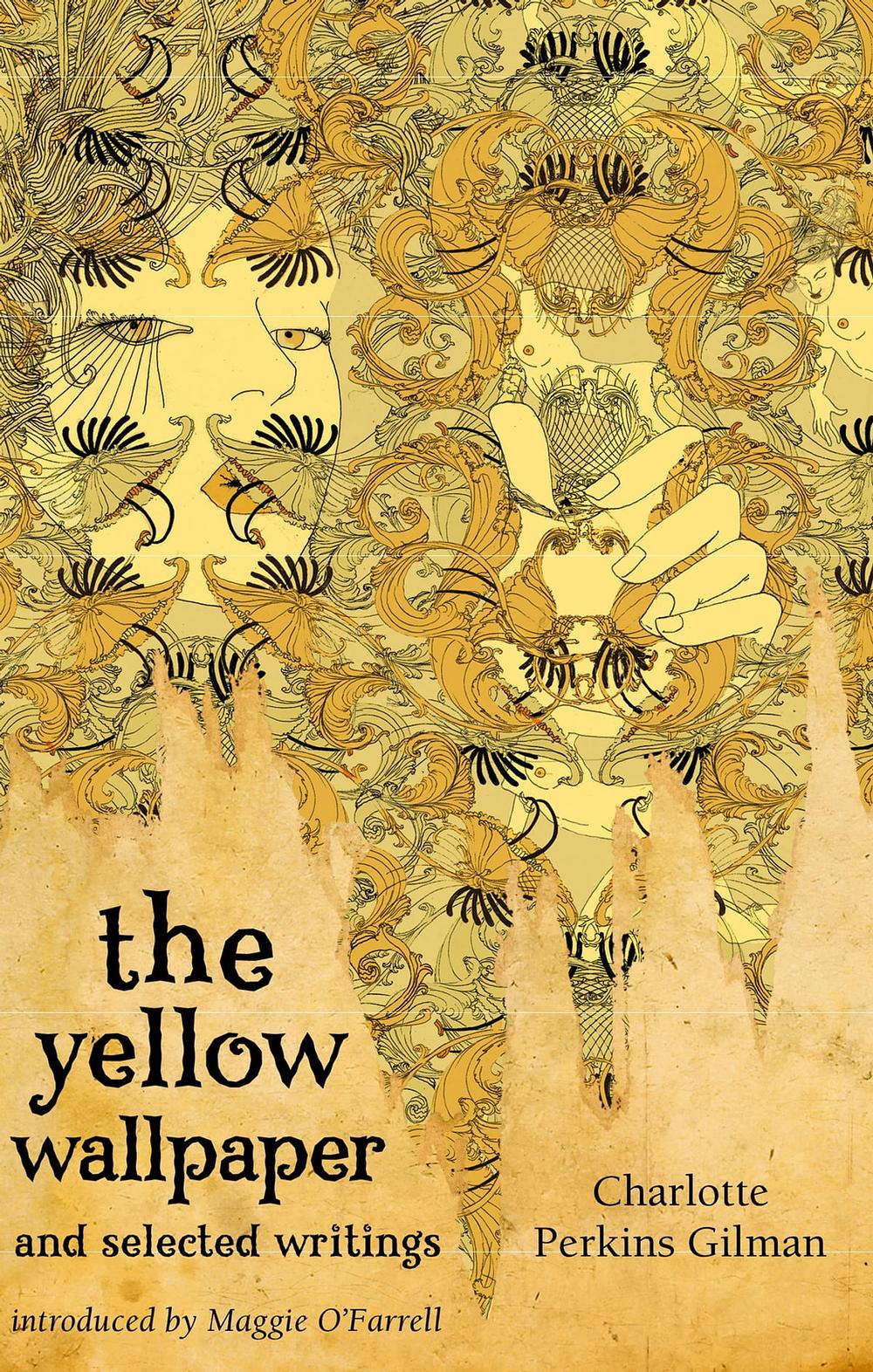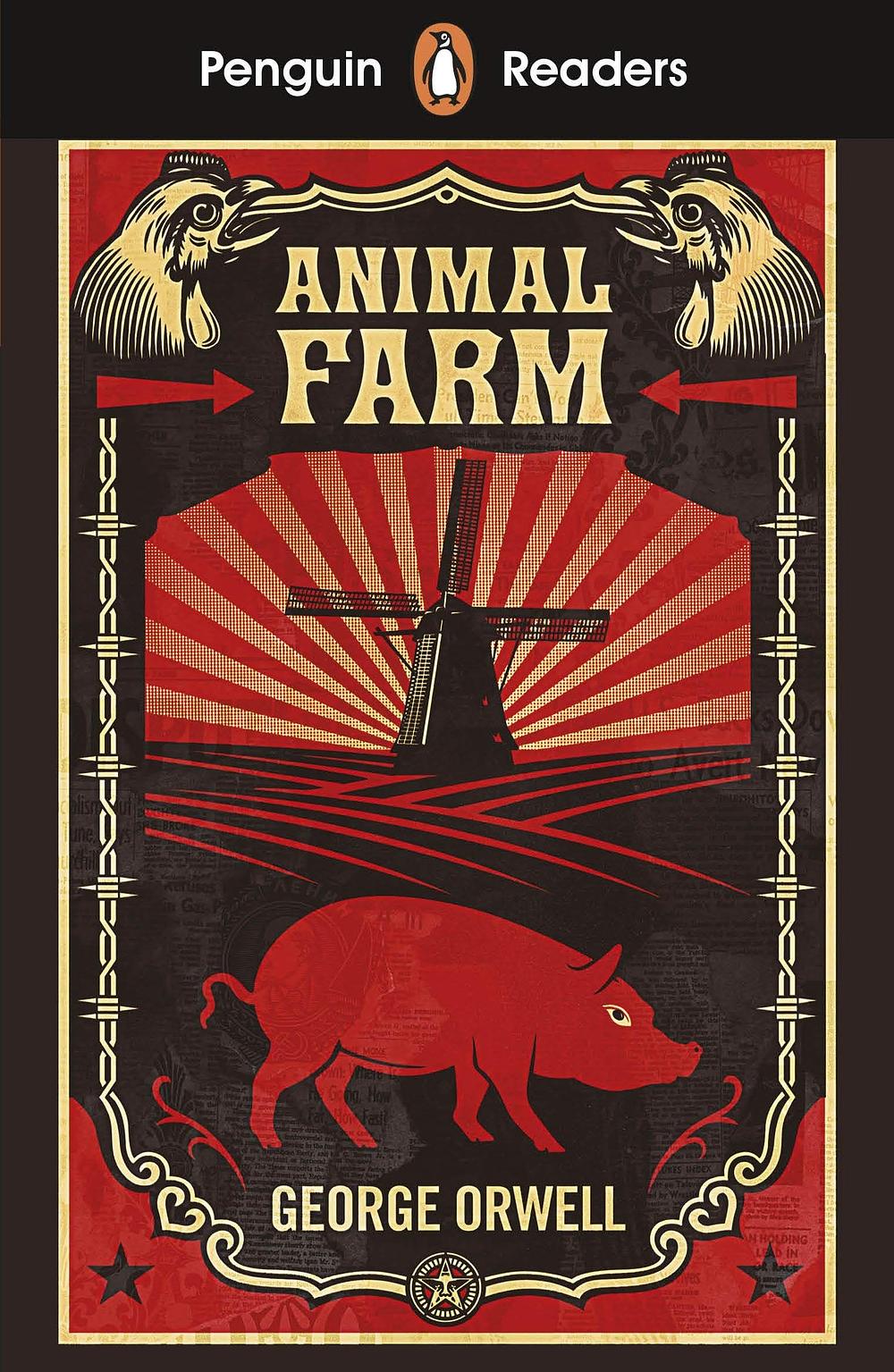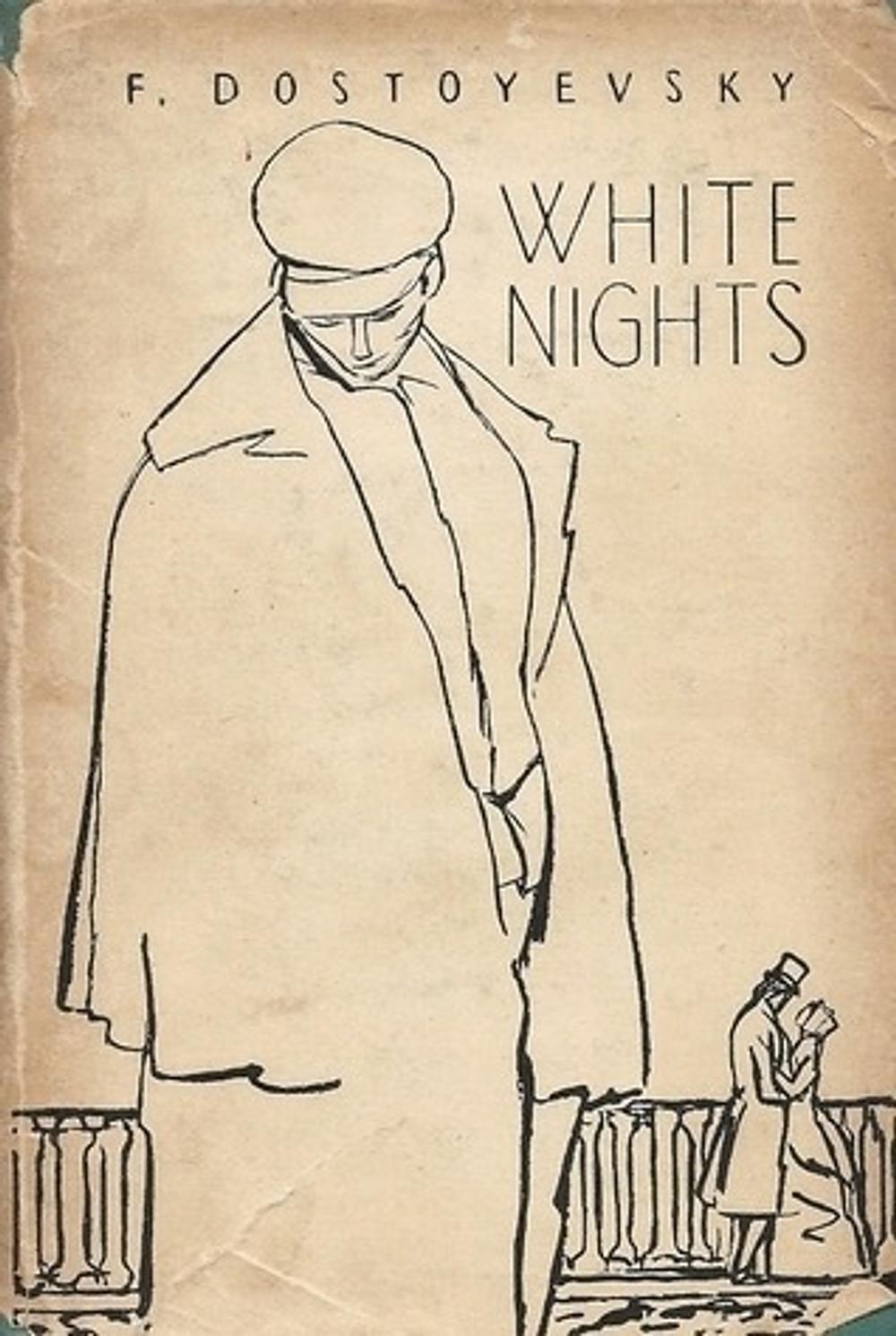We’re entering the new Renaissance. From the gruesomely depressing novels of Russian literature to the numerous tales about the broken fantasy that is the American dream, the general interest in classic literature is on the rise. Of course, everybody wants a piece of this new movement.
However, most of those new to the hobby are finding it extremely hard to find classic books that don’t seem like they’re written in a whole new language or are not as densely packed as concrete. This is where this handy list comes in! Reading is a skill above all else, and reading relatively easy books can help those who have English as a second language (or first language even!
No judgment) attain a higher level of said skill. Let me rid you of the predetermined deposition that all classics are boring, dense, and extremely yet unintentionally pretentious, because they are so much more than that.

1. Lord Arthur Saville’s Crime by Oscar Wilde
Storygraph (in this household, we are storygraph girlies) average rating: 3.84 stars
Oscar Wilde starts off this hilarious short story, like every other novel making fun of high society, with a party. Lady Windermere invites all of her friends to have drinks, eat delicious food, and play around with her favorite cheiromantist or palm reader, Mr. Septimus R.
Podgers. Most suffered boring fates, except, however, for Lord Arthur Saville. The eccentric cheiromantist goes awfully silent and awkwardly reads Lord Arthur’s fate, brushing it off by making up a fake fortune for our charmed aristocrat. Not buying one piece of it, Lord Arthur pushes the cheiromantist to tell him the truth—inevitably starting a string of events involving poison, clocks, anarchists, and murdering one’s uncle.

2. The Lottery by Shirley Jackson
Storygraph average rating: 3.95 stars
This story of 30 pages proves that length is not a factor when creating an eerie tale. In it, we follow a seemingly normal small town as they discuss their annual "lottery." As events unfold, we find ourselves questioning what this tradition is actually about and what it actually entails. Shirley Jackson is truly the queen of understated horror—with a pen so venomous, the reader can only stare in abject fear. What makes this short story truly frightening is the shameful reality that we too hold such behavior in ourselves, purely out of nostalgia or mob conformity.

3. The Yellow Wallpaper by Charlotte Perkins Gilman
Storygraph average rating: 4.08 stars
If you're on the hunt for a more feminist yet equally eerie short story, this one's for you! The Yellow Wallpaper follows a married woman’s descent into madness as she obsesses over her room’s yellow wallpaper. The main character is subject to a "rest cure" at a rented summer country estate due to her "nervous depression." Charlotte Perkins Gilman doesn’t fail to show the lack of understanding we used to have about women’s mental health.
Especially paired with our society’s misogyny, symbolized by the belittlement felt by the main character at the hands of her own husband, we fail to treat women seriously when it comes to their mental health. Truly, this is the perfect read for those looking to revel in female rage and hysteria.

4. Animal Farm by George Orwell
Storygraph average rating: 3.88 stars
Before you click away, hear me out. Of course, some might not be that into history and politics; however, if you have knowledge on subjects such as Russian history, this short story is an interesting and unique read. For those unaware, Animal Farm is a fascinating political satire on what the author views as the "failed" Russian Revolution through the eyes of revolting farm animals.
Orwell uses symbolism and metaphors to craft an allegorical story about the dangers of blind belief and power-induced manipulation. Although this story is not everybody’s cup of tea, some history buffs such as myself would find it an interesting read in parallel to the study of twentieth-century history.

5. White Nights by Fyodor Dostoevsky
Storygraph average rating: 3.95 stars
Four nights with a dreamer who wears his heart on his sleeve. Unlike most Dostoevsky novels, this is one of the least depressing ones—albeit still quite melancholic. It follows a lonesome narrator as he falls in love with a woman overnight.
Both of them, needing a companion in the bleak reality of life, spend four nights together, getting to know each other despite the woman’s heart beating for another man. For my hopeless romantics out there, this short story is perfect when you want to feel even more hopeless and even more romantic. To quote a past article I’ve written on this same subject, "I wish for you to find an antidote to that foggy mist of nihilism—to find a dream worth dreaming and a love worth loving. And maybe White Nights is just that."

6. Valley of the Dolls by Jacqueline Susann
Storygraph average rating: 3.82 stars
Despite being on the longer side of things, I can’t get enough of this novel. It’s truly unlike anything I’ve ever read before. When in need of a palate cleanser after reading dense and philosophical books, Jacqueline Susann’s chronicle of the lives of three women in the gruesome entertainment industry of the 1960s is just what you are looking for.
It starts off as Anne ventures into New York City, looking for more of what her small town life has to offer. As the story progresses, her life gets tangled up with Neely (aspiring theater star) and Jennifer (aspiring wife of a rich man), and we, as readers, get tangled up with her. This book is on the campier side of things; in some cases, it is even wildly unserious. I laughed, I cried, and most importantly, I felt like I was reading a trashy gossip column—in a good way, of course.
.jpg)
7. The Picture of Dorian Gray by Oscar Wilde
Storygraph average rating: 4.09 stars
Who would I be if I didn’t put this on this list? The Picture of Dorian Gray is a must-read for any budding classic literature connoisseur. It has everything: the tortured artist trope, aimless philosophical debates, and commentary on beauty and vanity.
For those unaware of this classic, Wilde brings us on a journey of moral decay as we follow Dorian Gray—a charming and awfully handsome young man—as his life changes forever after discovering a portrait of him that takes on whatever physical evidence is present on his face that is caused by either aging or sin. This classic is an easy favorite for anyone. I’m afraid you will not get enough of this, especially when you can read past the atrociously infamous and long chapter 11.

Classics are similar to time machines. It brings the readers back in time to the decade it was written in, mirroring society and individuals' mannerisms, ways of speaking, and values. Due to changes brought about by the course of time, its contents now appear to us as denser than they seem.
However, do not let this stop you. As I said previously, reading is a skill. You must sharpen your mind by consuming media outside of your intellectual comfort zone.
Before venturing into classics such as Inferno or Crime and Punishment, take time to appreciate short stories and novelettes from the past that do not get the same recognition as the previously mentioned ones but are much more accessible. And, as much as reading is a skill, it is also something you must fall in love with to genuinely enjoy. Ironically enough, the best advice I can give you is to find a book you enjoy, not one somebody recommends on the internet.
There are bountiful more classics that you may love that I would never dream of reading, and vice versa. Life is too short to waste time on books you hate, and it’s too long to go on without ever reading a book you love.

















